GEDmatch is one of my favorite sets of genetic genealogy tools but it can be hard to get started with. 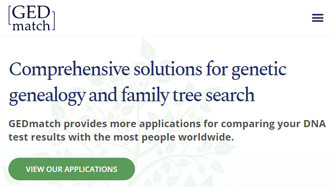 I have done many presentations over the years attempting to help people master the basics there, most recently for Family Tree University (click here). Plus I wrote a GEDmatch Basics article for their magazine (click here) which explains all the column headings on the one-to-many report. [UPDATE 15 Apr 2024: Click here for the interview I did for the FTU podcast.]
I have done many presentations over the years attempting to help people master the basics there, most recently for Family Tree University (click here). Plus I wrote a GEDmatch Basics article for their magazine (click here) which explains all the column headings on the one-to-many report. [UPDATE 15 Apr 2024: Click here for the interview I did for the FTU podcast.]
Over the past 12 years I have written many posts about GEDmatch, most of which are still useful. So I decided to make a new tag – GEDmatch tools – which brings up just my posts that explain a specific tool. Now I can see which tools I still need to write about!
Here is the list of my articles in reverse chronological order (click any title to go to that post):
- The Are Your Parents Related Tool, several articles:
- When the DNA Says Your Parents are Related
- The rare case where AYPR says they are but they are not
- How related are Ashkenazi? 43% of European Jews show related parents so far!
- My 2022 attempt to explain the basics including a video and covering uploading and using GEDCOMs
- My 2021 attempt to explain the basics covering GEDCOMs, the one-to-many-Tag Groups, and Tier 1 combined kits
- The Tier 1 Tool to Find Common Ancestors among your DNA Matches
- My 2019 report on clustering tools
- How to make a superkit, combining your DNA tests from multiple companies
- My compact chromosome browser was added to GEDmatch for paid users from 2018
- In 2017, the one to many tool added linking to family trees
- GEDmatch added tag groups, the ability to color code your matches in 2017
- Here is the story of how I worked on an X match from GEDmatch
- In 2016, I wrote about how to make a spreadsheet of your matching DNA segments
- I wrote about how to use the GEDCOM capabilites at GEDmatch in 2015
- In 2014, I discussed the Tier 1 utilities: matching segments, lazarus, and triangulation
- I wrote about how to use the one to one comparison in 2014
- My take on DNA privacy and GEDmatch from 2014
- Using the GEDmatch 2D chromosome browser
- Here is what I wrote in 2012 about what to do at the GEDmatch site
- Phasing or how to make a kit of what you got from just one parent
- In 2012, I wrote about the Ancestry Composition tools at GEDmatch called Admix tools

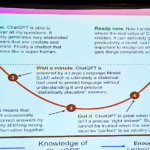
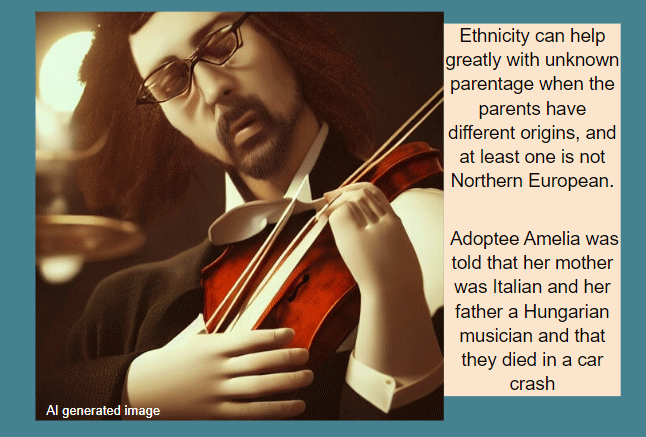
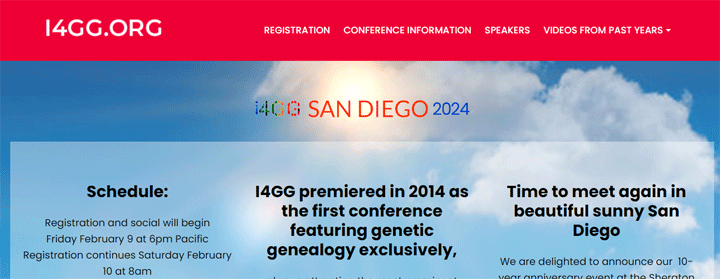

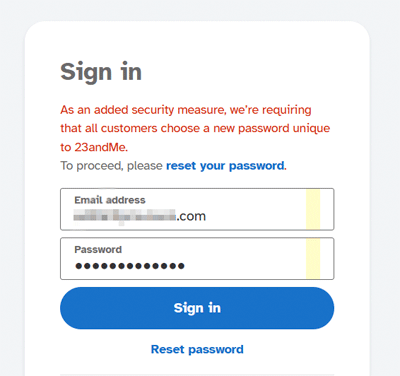 We have all been advised to guard our online privacy but our DNA is not our social security number nor our credit card so I am not worried about this yet. The hackers were able to use login credentials that were leaked from other sites to access those people’s accounts at 23andme. Then they could see information about other 23andme users whose DNA matched the compromised account. The type of information exposed was ethnicity, other relatives, and family tree information, plus whatever you said about yourself. This does not seem worrisome to me. My actual DNA was not exposed and even if it were, it would take a very DNA savvy hacker to use it to create a fake relative of mine.
We have all been advised to guard our online privacy but our DNA is not our social security number nor our credit card so I am not worried about this yet. The hackers were able to use login credentials that were leaked from other sites to access those people’s accounts at 23andme. Then they could see information about other 23andme users whose DNA matched the compromised account. The type of information exposed was ethnicity, other relatives, and family tree information, plus whatever you said about yourself. This does not seem worrisome to me. My actual DNA was not exposed and even if it were, it would take a very DNA savvy hacker to use it to create a fake relative of mine.